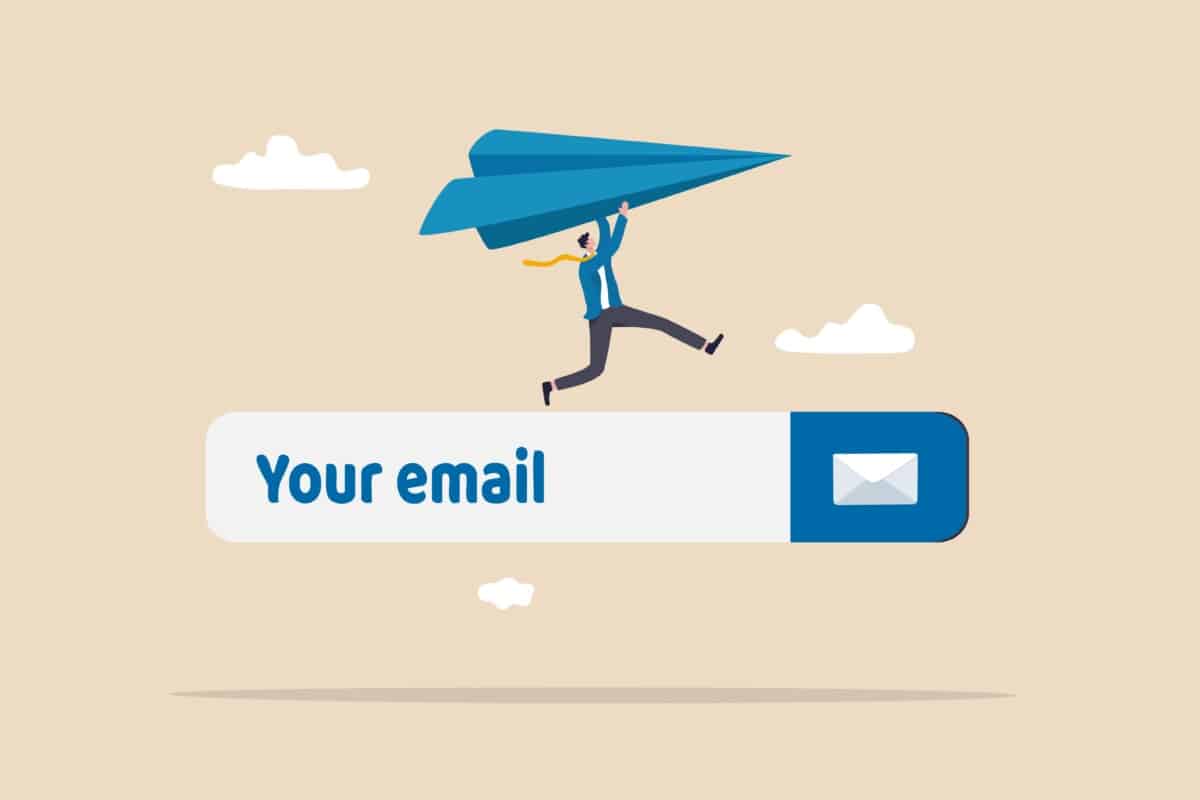The core of a business analyst’s work is defining problems and figuring out solutions to initiate a change in a certain organisation. However, the process of successfully delivering a change to the desired future state would not be possible unless all stakeholders at every level fully support it.
and figuring out solutions to initiate a change in a certain organisation. However, the process of successfully delivering a change to the desired future state would not be possible unless all stakeholders at every level fully support it.
To ensure that support, a business analyst must be able to clearly and efficiently openly communicate the need for change and the proposed path forward across the entire organisation. Therefore, a strong communication capability is probably the most important soft skill every BA
the need for change and the proposed path forward across the entire organisation. Therefore, a strong communication capability is probably the most important soft skill every BA should possess in their arsenal, as it’s the only way to secure the buy-in from both the leaders and employees throughout the company.
should possess in their arsenal, as it’s the only way to secure the buy-in from both the leaders and employees throughout the company.
Table of Contents
The Importance of Email Communication in Business Analysis
During the change process, business analysts will often find themselves in a situation where they need to communicate constantly evolving project initiatives and change requirements to bridge the gap between the various stakeholders involved in the process.
One of the main responsibilities of a BA has to act as the glue keeping all the stakeholder groups together and on the same page. This means facilitating communication between business, technical, QA, compliance, training teams, support staff, marketing and sales department, and company leadership.
In-person and verbal communication is probably the most powerful tool here, as it sparks and fosters discussion and helps elicit ideas from multiple sources. However, in certain situations, other forms of exchange of ideas and conversation may be even more effective, particularly email communication. It’s especially efficient in the modern business environment where many important stakeholders are participating in the process remotely.
Consistent and clear email communication will keep everyone in the loop throughout the iterative change management process and significantly increase the chances of successful project implementation. Communication through email can help business analysts keep things organised, speed up the process and increase its efficiency, and ensure that all of the important pieces of information timely reach the right audience.
Among other things, emails can be used to set expectations from everyone involved in the change process, promptly receive all the information and data an analyst may need, request input on requirements and deliverables from various stakeholders, update interested parties on the project progress, or manage different issues that may arise during the implementation of a project.
Tips on How to Write Effective Emails as Business Analyst
For an email to be effective and fulfil its purpose, it has to be clearly written and effectively communicate the message a business analyst is trying to convey to the recipients. A poorly written email can not only end up being unclear and hard to understand, causing a breakdown in communication, but it can also offend some of the audience or discourage some of the stakeholders from actively participating in a certain project.
Below are a few simple tips that can help you write effective emails and improve your business analyst email communication skills that will get noticed among the pile of others and ensure that your message is fully understood by the intended audience.
Keep the Email Communication at an Optimal Level
While, as we established, email communication can be an extremely useful tool for business analysts, it’s important to learn not to overdo it, both in terms of messaging frequency and the amount and type of information in a single email.
Most people working in modern business environments receive dozens of emails every day. The last thing they want from you is to add to that pile by firing up emails at will. No one likes to be left in the dark and all the stakeholders should be able to work with the most up-to-date information, but this doesn’t mean you should bury them in emails.
Not everything needs to be communicated by email. Certain information is better conveyed, for example, with a phone call or using messaging or collaborative applications such as MS Teams or Slack . Keeping the frequency of your emails at an optimal level will ensure that each message gets the attention it deserves and boost the engagement of stakeholders on all levels of the organisation.
. Keeping the frequency of your emails at an optimal level will ensure that each message gets the attention it deserves and boost the engagement of stakeholders on all levels of the organisation.
Plus, you should be aware that communicating every bit of information related to a certain project through email is not only overwhelming for the recipients but can also pose a safety risk. Even though most organisations will have some sort of email security protocol in place, the message could always be, mistakenly or intentionally, forwarded to someone who’s not supposed to see it.
So, it’s always best to leave confidential data or personal or sensitive information out of an email. This is particularly important when you have to deliver bad news to one of your collaborators on the project.
Use Subject Lines to Your Advantage
Email subject lines, basically, work in a similar way to newspaper headlines. They attract the recipient’s attention and help your email stand out among the others, but also serve to efficiently summarise what the content of the email is about.
When it comes to the subject line, the worst thing you can do is leave it empty. This will certainly increase the chances of the intended recipient not even opening your email and, in some cases, sending your message directly to the spam folder where it definitely won’t get any intention.
Also, try to avoid bland or generic subject lines, but don’t overdo it and stuff it with a bunch of words, as you’ll have the entire email body to fully convey your message. A subject line should be a short, informative, and effective description of the content of an email. Ideally, it should inform the recipient of the crucial information from the email even if they don’t open it.
While working as a business analyst on a project, you’ll often have to send regular series of emails, such as weekly updates on the project’s status and progress. If that’s the case, it’s always a good idea to include the date in the subject line. Furthermore, if you’re expecting some sort of decision or some sort of response to the request for your email, make a note of it in the subject line by including a call to action.

Be Concise and Clear
Long and overstuffed emails are often boring, hard to read, and carry the risk of the reader missing out on the most important information. Plus, most people find them annoying and some will even delete them without even reading what they say. So, the more concise the email, the better the chances of it getting full attention from its intended audience.
Therefore, you should make sure to get straight to the point and keep the body of an email informative, but direct. Try not to get sidetracked by topics not directly related to the core message of the email. If there are multiple topics you need to communicate to a recipient or a group of recipients, it’s better to separate them into different emails, so each of them can get the consideration it deserves.
While you should work to trim your message to the essentials, you’ll need to make sure that core content is still there in its entirety, as well as crucial background information necessary for understanding the core message. So, keep the email short, but don’t overdo it.
Striking this balance is not always easy but with practice, it will come naturally. If you still feel that a longer email is necessary for recipients to fully understand the message, then try to make it more readable by breaking it down into smaller chunks by using bullet points or numbered paragraphs, for example. Before hitting “send” think about the email from the perspective of the recipient and whether it will provide them with all the essential information.
Know Your Audience
As already mentioned, during work on a project you’ll communicate with various stakeholders and members of different teams within the organisation. They may be at different levels in the company’s hierarchy or possess different levels of technical knowledge related to your project. This should have an impact both on the tone and the language of your email.
Depending on the role a certain recipient has in the project or in the organisation as a whole, as well as how closely they collaborate with you, you should adjust your tone and make the email more formal or casual. This is especially important since we can’t count on body language and facial expressions while writing, so the choice of words and general tone of an email and often as important as the content itself.
In addition, it’s always a good idea to avoid overly technical language, unless it’s absolutely necessary. This makes the email more readable and easier to understand for a broader audience which is very important when dealing with diverse stakeholder groups with varying degrees of technical expertise.
Always Proofread Before Sending
This should go without saying, but always make sure to check grammar, spelling, and punctuation for potential mistakes before sending your email. For many stakeholders involved in the process and people throughout the organisation, email communication will be the main channel of interaction with the business analyst and they will get their impression of you from what they read in those emails; and nothing can ruin the image of you as a serious professional as typos and messy grammar in the outgoing email.
Business Analyst Email Templates
The Bridging the Gap Email Communication Templates can save a lot of time writing professional emails with 32 simple, copy-and-paste templates specifically for business analysts. What’s more, the approach incorporated into the business analyst email templates will ensure you are using email in the most effective way.
can save a lot of time writing professional emails with 32 simple, copy-and-paste templates specifically for business analysts. What’s more, the approach incorporated into the business analyst email templates will ensure you are using email in the most effective way.
The business analyst email templates which cover the types of emails that you will typically send in your business analysis engagements and projects will definitely save you some time to ensure that the emails are professional and cover the key points. Starting your business analysis engagement and projects with authority and clarity of understanding with stakeholders will provide the right level of professionalism.


